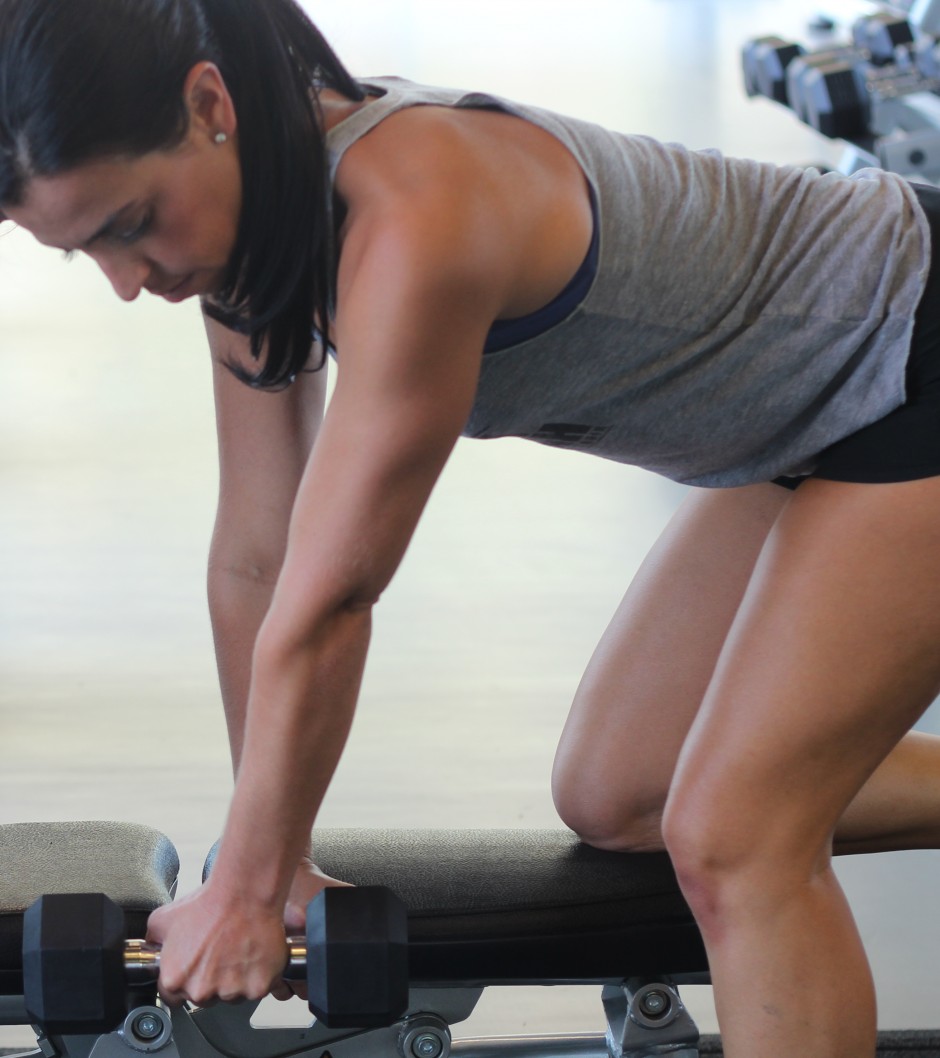 The sandwich is the cornerstone of the brown bag lunch. Nothing is cheaper or more convenient for an on-the-go meal from home. Salads, canned tuna and other diet delights don’t offer the same capacity of convenience (scooping tuna from the can while driving is definitely tricky.)
The sandwich is the cornerstone of the brown bag lunch. Nothing is cheaper or more convenient for an on-the-go meal from home. Salads, canned tuna and other diet delights don’t offer the same capacity of convenience (scooping tuna from the can while driving is definitely tricky.)
However, finding a truly healthy sandwich can be challenging. Processed lunch meat is loaded with sodium, nitrates and other fillers that make it a less than ideal choice when making a healthy sandwich. If you head to the deli counter, you can get thin slices of lean whole, roasted meats and fresh slices of cheese – they won’t last as long hanging out in your fridge, but it will make a sandwich that is a whole lot healthier.
Turkey is the leanest choice, but even fresh thinly sliced cuts of ham or roast beef are fine – keep your portions in check and by choosing fresh, you cut a lot of sodium that leads to bloating and water retention commonly associate with lunch meats.
The infamous Kraft singles and squares of cheese that exhibit properties very similar to plastic are another reason the classic lunch sandwich is just not so healthy. Again, visit the deli counter for fresh slices. Choose Swiss, mozzarella or Muenster cheese to reduce the amount of fat you consume. Swiss cheese has the lowest sodium content and mozzarella has the lowest fat content at only 6 grams of fat per ounce.
Bread – choosing bread is tough. High fructose corn syrup (HFCS) lingers in every loaf lining the supermarket shelves. Less ingredients is more – look for a label with as few ingredients as possible. Choose whole wheat over white. If you want a bread that keeps the calories low and lose the HFCS, choose whole wheat sandwich thins by Oroweat or similar. These thin bread slices are 100 calories total for both slices and serve 19 grams of whole grains per serving.
Slather on mustard over mayonnaise – if you are watching your fat grams – otherwise, go for the mayo, but watch your portion size (about a tablespoon will do.) There are several culinary-style mustards on the market shelves that add some spice or something sweet to tantalize your taste buds without added fat – Habenero mustard offers quite a kick while honey mustard is sweet and tangy.
Stack as many non-starchy veggies as you want between the buns – dark leafy green lettuce, tomatoes, sprouts – get creative and up the ante on your intake of vitamins and nutrients.
If you are looking for sides to accompany your sandwich, the deli coleslaw and potato salads are not an ideal choice. These sides are loaded with fatty mayonnaise and salt and generally packaged in serving sizes that are not single serve. Chips rarely make the list of healthy foods because there is no real value in the diet for these processed creations. If you crave a crunch with your sandwich, grab single-serve sizes of almonds, cashews, pistachios or walnuts. Although a fat, these nuts are a source of healthy monounsaturated fats. These are the “good” fats, so grab a handful (about 30) and enjoy it with your sandwich.
For a lower calorie side, choose crisp carrots, cucumber slices or radishes. When served crisp, these vegetables also offer a crunch. For a more flavorful side, peruse the pepper aisle. Banana peppers offer a nice kick, while Anaheim peppers deliver a unique flavor without the spice. All these sides can be sliced and carried in snack bags as easily as chips.
On the go, gets a whole lot healthier with the right ingredients.







